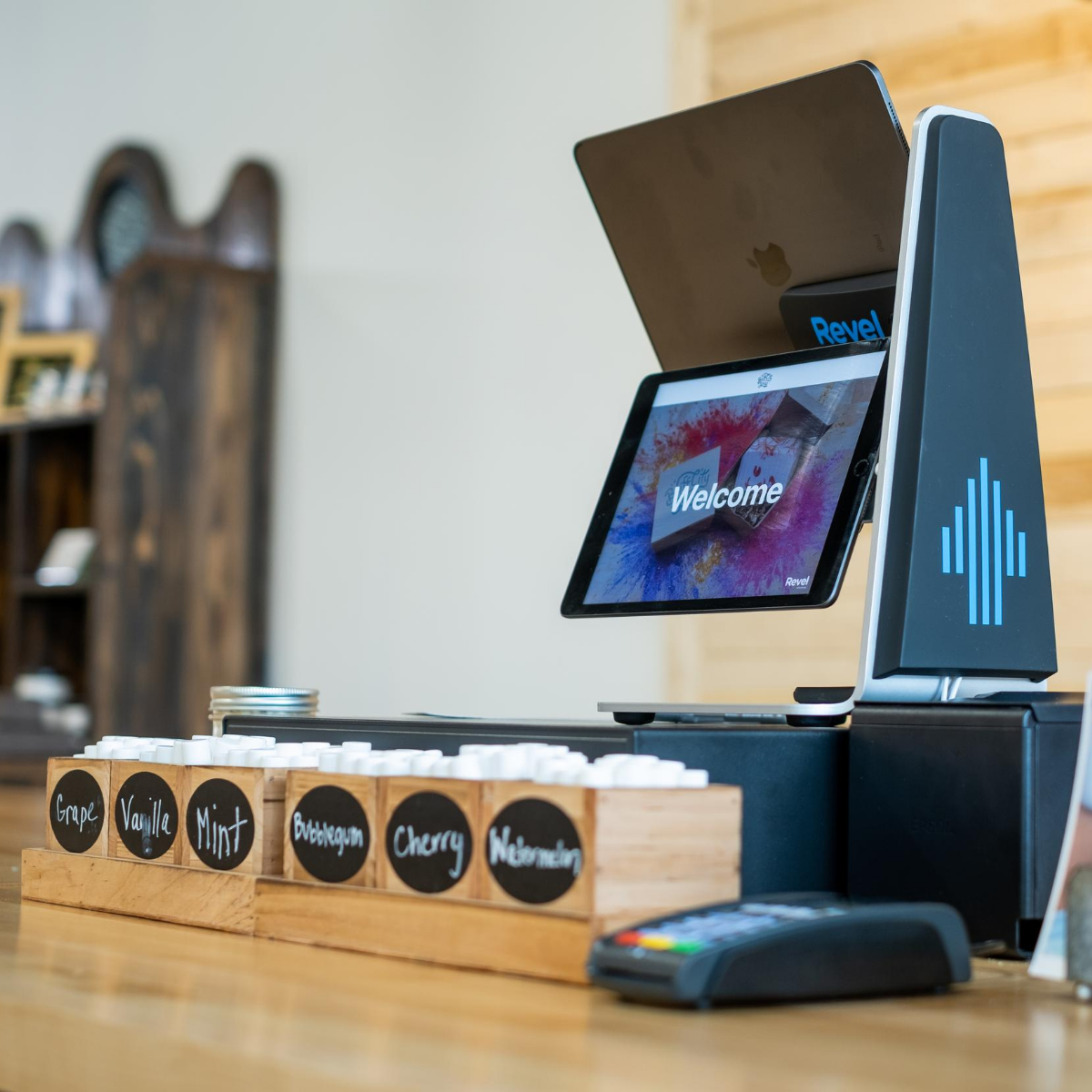Call Sales: +1 (833) 437-3835
Call Sales: +1 (833) 437-3835
Sarah Vancini | June 10, 2022 |

Expanding your business’s retail footprint is exciting. After all, growth is the result of strong financial execution and effective inventory management paired with hiring and customer service wins.
However, opening new stores can also be stressful.
Many owners stick to the same business tactics which brought them success before expansion.
They are surprised when this consistent strategy suddenly leads to dwindling sales and subpar employee performance.
Whether you’re growing your business into a large franchise or even just opening up one additional store, the same practices which gave you success in your original store (or stores) don’t often translate to scale.
This can include financial, inventory, hiring and workflow management strategies.
One of the largest contributing factors to poorer performance at scale is your limited ability to physically monitor stores in-person as your footprint grows.
“Make sure that all of your store operations are running smoothly, even though you’re unable to be directly present to monitor each store at the same time,” says Olivia Tan, co-founder of CocoFax.
Luckily by pivoting your business practices and leveraging the right technologies, you’ll be able to match the successes you’ve already had as you grow.
Important business practices pivot at scale are:
As your stores expand, you must carefully balance customizing procedures for individual locations while also tailoring to unique demographics.
For example, you should give stores freedom to set up floor displays in a variety of ways to accommodate for differing local preferences.
However, the overall brand (ex. color scheme) and customer experience (ex. return policies) in each store should remain consistent.
How can you develop standardized operating procedures (SOPs) that allow for flexible customer preferences while maintaining a consistent brand?
Be sure to clearly document standards on how to manage:
Setting these standards in theory is easy, but in practice it is quite challenging. You must maintain consistency with different staff at disparate locations.
A great way to ensure all your processes are in sync is to automate as much as possible using a retail point of sale (POS) system.
In addition to having a robust POS system for retail to help unify company standards, you can also consider hiring a secret shopper or consultant to evaluate each store objectively each quarter.
As you evaluate potential hires, ask yourself, does this e:
Once employees are hired, you should invest considerably in training on standardized practices and company culture.
To ensure consistency when opening a new location, train these employees in an existing location first.
The ability for staff or store managers to evaluate performance is important, since you cannot be at all physical locations at once. You should define success using objective criteria for and set clear goals and KPIs during training.
Take time to understand what makes your employees happy and their unique incentives (this may differ slightly at each location).
Be sure to tie KPIs to those incentives to have everyone striving for uniform success. Incentives can include salaries, benefits and even having snacks in the back room.
Because you cannot be in multiple locations at once, it’s important to use virtual tools to communicate to all stores.
Common important communication for staff each week include:
Tricia Gustin, senior marketing director at The Parker Avery Group, recommends avoiding sending emails or weekly packages to store managers in order to relay this information. She says, due to differing learning styles and fast and frequent updates, information often gets lost using this method.
Instead Gustin suggests relaying messages with multiple channels instead of relying on just one person.
There’s a complex and large number of technology solutions for retailers today. These include softwares to manage:
Whenever possible, partner with an interoperable retail point of sale that allows you to monitor and track all these business activities in one platform.
By using an integrated system you can clearly identify workflow gaps and business data while avoiding tedious retyping of information.
Make sure your technologies leverage the cloud. When your data is housed outside of a physical location your team can:
Ian Sells, co-founder and CEO of Rebate Key says by using the cloud, “not only will you save money from the need to download apps to your computer hardware, it makes a lot of processes seamless. If your retail stores are branches of the same brand, it’s best to have a cloud that contains necessary files, inventory, and processes. This allows everyone easy access to important data. This also allows easy information-sharing.”
The underpinnings of standard procedures, clear communications, robust employee vetting and training as well as cloud-supported practices rely on a comprehensive retail POS system.
No matter which store you are physically at, you still need to continually monitor each location’s business data.
As well, you must empower your teams to monitor themselves and each other by providing training resources, consistent data and performance feedback in an easy-to-access interface.
To learn more about how robust retail point of sale systems, like Revel, can help your business as it grows, see a demo of Revel now.